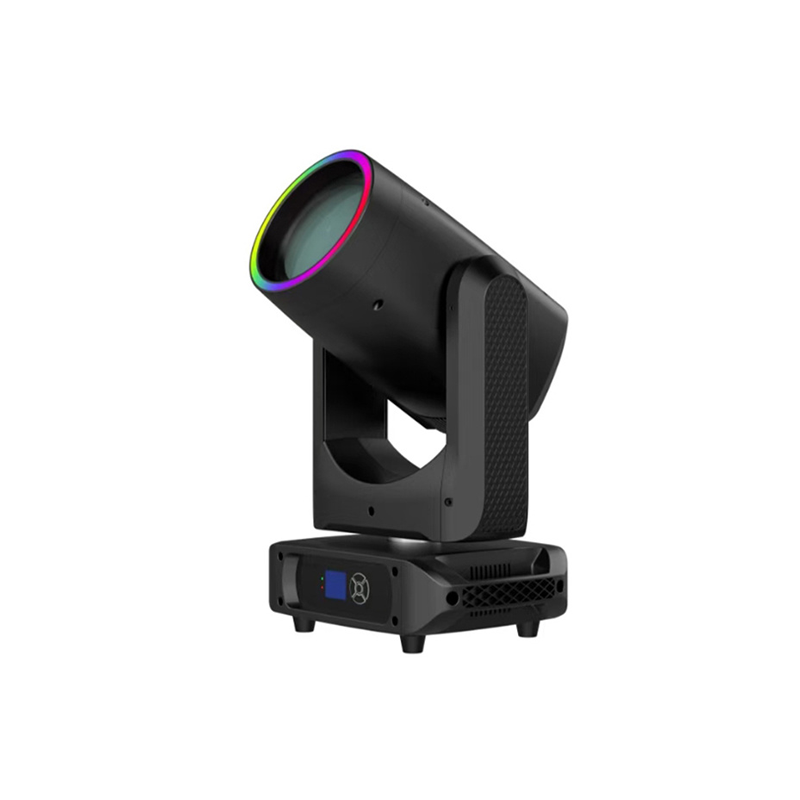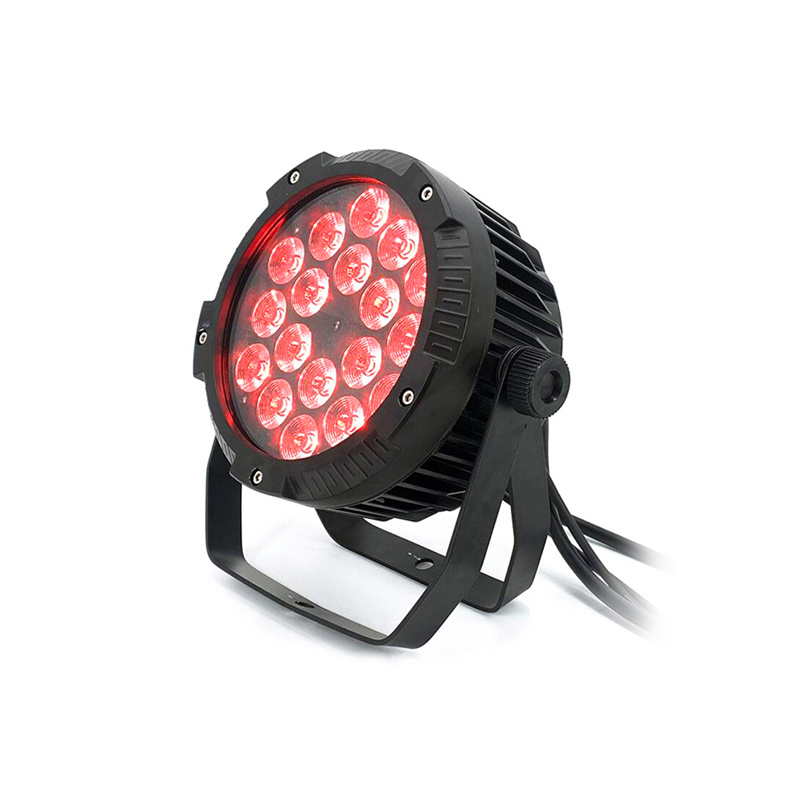Stage Spot Light Guide: Precision Lighting for Stage Performances
Classification:
summary description]
In stage productions, lighting isn't just functional—it's expressive. It paints scenes, carves out emotion, and tells a story without words. At the center of this craft lies the stage spot light. Known for its precision and intensity, this lighting tool does more than illuminate; it focuses, highlights, and elevates the experience for every spectator.
What Exactly Is a Stage Spot Light?
Put simply, a stage spot light is a focused beam designed to shine a tight circle of light on a specific area, person, or object. It’s the light that follows the lead actor across the stage or brings a singer into full view during a solo. Unlike flood lights that wash a space with general brightness, spot lights bring surgical attention to a moment.
There are different types to consider:
- Follow spots: These are manually operated and ideal for live performances.
- Profile spotlights: Known for clean edges and flexibility in shaping the beam.
- Modern LED spot lights: Energy-efficient with built-in color mixing for creative control.
Why Stage Spotlights Matter
Stage spot lights aren’t just practical—they're powerful visual storytellers. A well-placed spot doesn’t just show the audience what to look at. It influences how they feel about what they’re seeing.
With the right light, a quiet monologue becomes more intimate. A sudden entrance feels dramatic. A musical solo commands undivided attention. These lights offer:
- Clarity: Viewers can catch expressions, subtle gestures, or costumes in fine detail.
- Emphasis: When everything else is in shadow, what’s lit becomes the focus—instantly.
- Emotion: Color temperature and intensity can completely shift the mood.
Key Features to Look For in a Stage Spot Light
Choosing a spot light isn’t just about brightness. It’s about precision, durability, and control. Here are the features that professionals prioritize:
1. Adjustable Beam Angle
A flexible beam lets you adapt to venue size and stage design. Narrow for tight focus, wide for broader coverage.
2. DMX Compatibility
DMX control is standard in stage lighting today. With it, operators can fine-tune brightness, movement, and color in real-time, syncing lighting with cues and audio effortlessly.
3. LED Technology
Why LED? Simple: lower heat, longer lifespan, and more color control. An LED spot light saves energy and opens up creative possibilities through built-in color mixing (such as RGBW or CMY).
4. Quiet Cooling
In dramatic performances or theaters, silence is golden. The best stage spot lights are engineered with low-noise cooling systems, ensuring they stay discreet during even the quietest scenes.
Where Stage Spot Lights Shine Best
Their versatility makes them suitable for a wide range of events. Here are just a few examples:
- Theater: Follow the lead actor, enhance key scenes, or isolate solo performers.
- Concerts: Create visual hierarchy, follow the frontman, or shift the crowd’s attention.
- Corporate Events: Highlight keynote speakers or product unveilings.
- Fashion Shows: Trace the runway and give every model their moment.
In each case, the spotlight’s job is the same: direct attention with precision.
Choosing the Right Spot Light for Your Needs
Every venue is different, and your lighting choice should reflect that. Consider:
- Ceiling height and throw distance
- Stage size and typical performance type
- Installation (permanent or mobile?)
- Budget for fixtures and controllers
For small venues, compact LED spot lights often do the trick. For touring acts or large auditoriums, go with something more robust—ideally with DMX and follow spot capabilities.
Evolving Technology in Spot Lighting
Stage lighting has come a long way. What was once bulky and hot is now smart and efficient. Some recent trends include:
- Wireless DMX for faster, cable-free setups
- Auto-tracking spot lights that follow performers using sensors
- Touchscreen interfaces for intuitive programming
- Eco-conscious designs, using recyclable materials and low-energy LEDs
All of these improvements make lighting setups faster, show more dynamics, and make maintenance simpler.
Caring for Your Stage Spot Light
Professional lighting equipment requires upkeep, but nothing too complicated. Keep these habits in mind:
- Wipe lenses regularly—dust and fingerprints reduce clarity.
- Check moving parts and mounts for wear and tear.
- Update firmware on smart or DMX-controlled units when available.
- Monitor cooling systems to prevent overheating during long shows.
Just like sound systems or stage rigs, well-maintained lights perform better and last longer.
Final Thoughts
At its core, a stage spot light is about control of light, focus, and emotion. It’s what transforms a good performance into something unforgettable. Whether you’re setting up a touring show, managing a school theater, or running lights for a corporate event, the right spotlight ensures your audience sees exactly what they’re supposed to—and feels exactly what you want them to.
Frequently Asked Questions
Q1: Is a spot light different from a flood light?
Yes. Spot lights have narrow beams for focus, while flood lights cast wide, soft light over larger areas.
Q2: Do spot lights work for small stages?
Absolutely. Many compact models are designed specifically for small venues or intimate spaces.
Q3: How far can a follow spot reach?
High-powered follow spots can throw light over 30–50 meters, depending on the model and beam angle.
Q4: Can I program a spot light to move automatically?
Yes, if it’s a motorized unit with DMX control. Some even offer auto-tracking features.
Q5: What maintenance does an LED spot light require?
Minimal—mainly cleaning the lens, checking ventilation, and keeping firmware up to date.
Previous Page
More Cases




